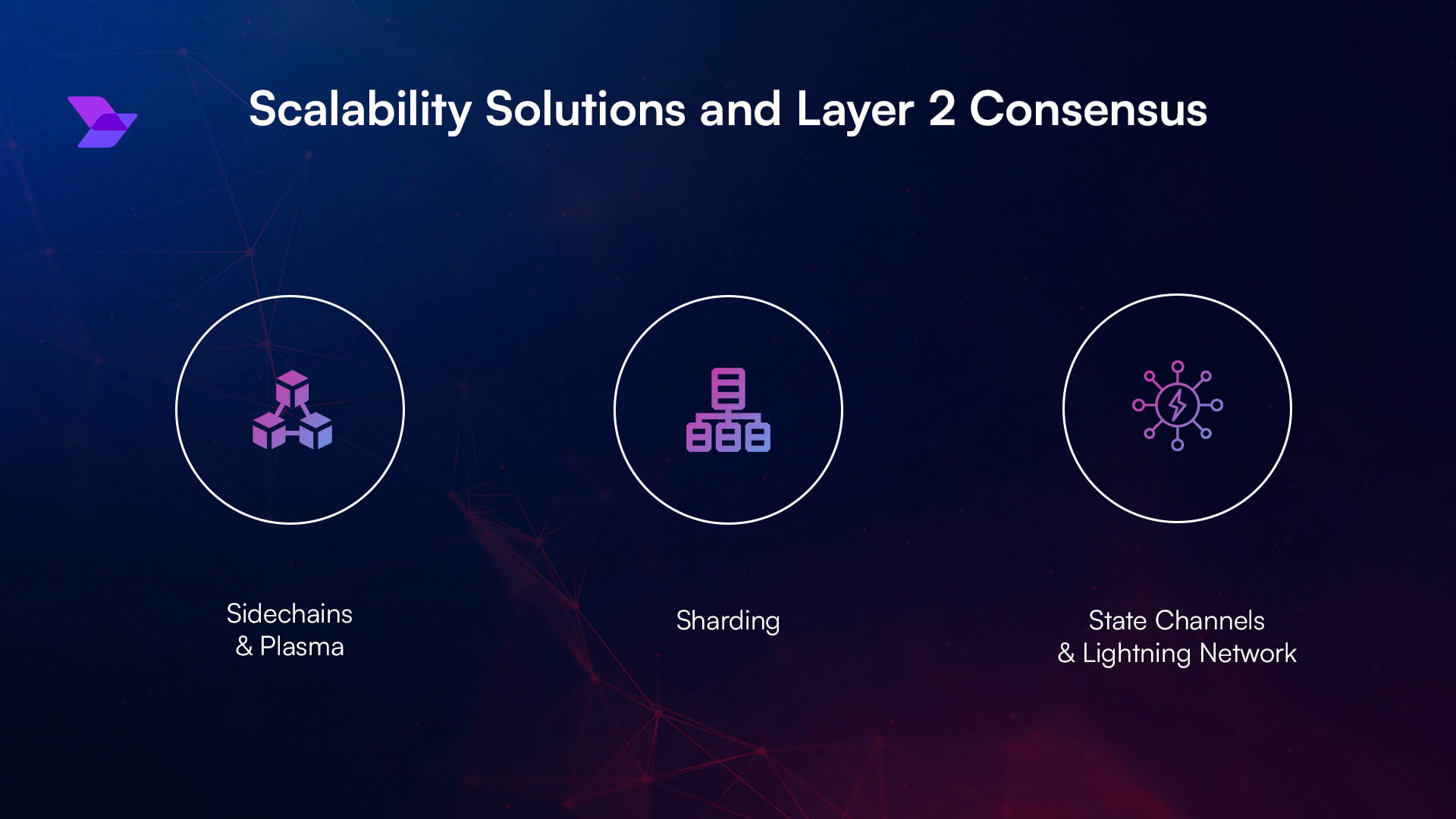
Imagine running a theatre where every new play requires building the stage from scratch. The wood must be cut, the lights rewired, and the curtains rehung every time. Inefficient, right? Now imagine having a detailed script that, when followed, sets up the entire stage perfectly in minutes. That script is what Infrastructure as Code (IaC) does for automation—it eliminates repetitive, manual work by turning infrastructure into something programmable and repeatable.
In today’s fast-paced digital world, businesses cannot afford to rebuild stages manually. IaC ensures consistency, speed, and reliability, enabling teams to focus on performance instead of preparation.
The Blueprint Metaphor
Think of IaC as the architectural blueprint of a city. Instead of manually placing every brick, engineers create a plan that machines can follow to build identical structures every time. This approach ensures that whether you’re making one house or a thousand, the outcome is consistent and predictable.
For technology teams, IaC replaces the uncertainty of manual setup with precision and consistency. Servers, networks, and security policies can be spun up in minutes, mirroring the blueprint perfectly. This predictability reduces human error, much like a builder avoids mistakes by relying on a detailed plan rather than improvisation.
Professionals preparing for careers in automation often begin their journey with structured training, such as a DevOps course in Hyderabad, where IaC concepts are introduced as foundational skills for modern DevOps practices.
Why Consistency Matters
Imagine cooking a dish where every chef adds ingredients in a slightly different way. The taste changes every time, and no one knows what to expect. That’s how traditional infrastructure management often worked—manual processes leading to unpredictable outcomes.
IaC solves this by enforcing consistency. Whether deploying to testing, staging, or production, the environment is identical. This not only accelerates development cycles but also builds trust between teams—developers can be confident that what works in one environment will work in another.
This reliability is essential for large organisations handling complex applications where even minor inconsistencies can lead to outages or security risks.
Speed and Scalability: The True Power of IaC
Modern businesses operate like Formula 1 teams—speed is everything. Waiting days or weeks to provision infrastructure is no longer acceptable. IaC acts as the pit crew, setting up environments in minutes and allowing developers to get back on track quickly.
Scalability is another advantage. With IaC, companies can respond to spikes in demand by automatically provisioning resources, then scale back down when traffic decreases. This flexibility is key for e-commerce platforms, streaming services, and global applications that face unpredictable user behaviour.
Training programmes such as a DevOps course in Hyderabad often highlight these benefits, showing learners how automation through IaC empowers organisations to scale without losing control.
Popular Tools That Make IaC Possible
Several tools act as the engines powering IaC. Terraform, Ansible, Puppet, and AWS CloudFormation are among the most widely used infrastructure-as-code tools. Each provides a way to define infrastructure in code, ensuring repeatability and automation.
- Terraform: Known for its cloud-agnostic design.
- Ansible: Favoured for its simplicity in automating configurations.
- Puppet: Strong in enterprise-scale management.
- CloudFormation: Tight integration with AWS ecosystems.
These tools simplify what once required manual labour into automated, reliable processes—allowing teams to innovate rather than maintain.
Conclusion
Infrastructure as Code is more than a technical practice—it’s a mindset shift. By treating infrastructure like software, organisations unlock consistency, scalability, and speed. They eliminate the chaos of manual setups, gaining the freedom to innovate with confidence.
Just as a theatre script ensures every performance begins with the right stage, IaC ensures every deployment starts with the proper foundation. For teams embracing automation, it transforms uncertainty into precision and inefficiency into agility.
In an era where businesses compete on speed and reliability, Infrastructure as Code has become the silent engine driving digital transformation forward.




